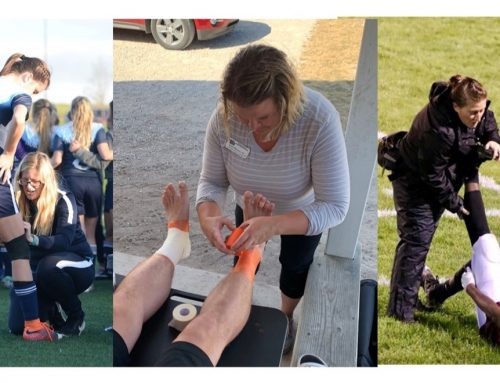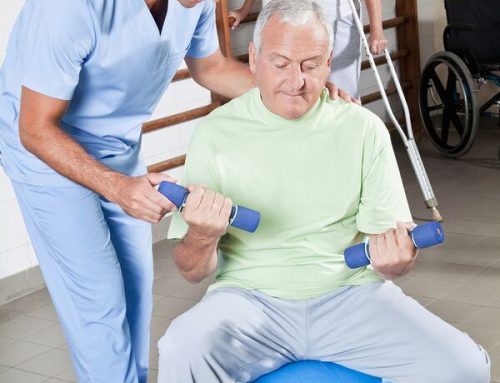It’s funny how we sometimes notice things happening in clusters. When you buy a new car, suddenly the same car seems to be all over the road. Health care practitioners often see a similar phenomenon. We can go months without treating someone for a specific problem, and then see that problem 3 times in the same week. Over the past month, I have noticed myself repeating the same advice to several patients between the ages of 55-70. That advice centers on the notion that how a person maintains their physical function in their 50’s and 60’s dictates how active they will be in their 70’s and 80’s.
It is pretty common in physical therapy to meet a person around age 60-70 that has recently retired and is transitioning to a new phase of their life. Many times they are seeing me because of a new injury due to new activities or they finally have the time to address a problem that has been nagging them for years. Some common concerns I hear include:
• “Now that I’m no longer working, I seem to sit around a lot more”.
• “I feel like my body is just getting so stiff”.
• “I’ve had several friends who have fallen or have had major joint surgeries lately, and I’d like to know how I can prevent this from happening to me”.
• “My mother/father had a really hard time with mobility when they were in the mid-70s, and I want to do everything I can to prevent that from happening to me”.
These are all very valid concerns. The risk of falling increases every 5-10 years, as does the likelihood that a joint or joints will start to wear out. In my 10 years in practice, I’ve been able to work with people who have transitioned from their 60s and 70s to 80s and 90s. I consistently see that the ones who make physical activity a priority in their earlier years do much better later on.
To learn a little more about how age progression affects mobility and physical function, I spoke with Dr. Todd Sheperd, MD, from Bayside Family Medicine in Petoskey.
MYM: With respect to physical function and mobility, what changes start to occur in otherwise healthy adults beginning around age 55-65?
TS: In most patients who are otherwise healthy, there is some gradual progressive decline in joint range of motion and endurance as well as strength associated with entering middle age. In addition, this is a common time for many patients to develop early signs and symptoms of wear and tear arthritis.
MYM: What changes occur in the late 70s-90s?
TS: Those changes noted in patients during the fifties and sixties tend to accelerate as they enter their 70’s and beyond.
MYM: How do behaviors in a person’s 60’s affect their mobility/health later in life?
TS: Clinically, there is more and more information that would support the theory that when patients are more physically active in their 50’s and 60’s, they will be healthier and fit entering their older decades of life.
MYM: If you had to pick 2 or 3 crucial things for your patients to do in their 60’s what would they be?
TS: Many of the health problems that I encounter on a day to day basis (high blood pressure, obesity, Diabetes etc…) would be either cured or significantly improved by doing a few simple things on a regular basis;
- Eat more and more like a vegetarian
- Move more often (aerobic exercise at least 3-4 times per week)
- Have good sleep habits
It is amazing how much better patients feel when they give their body good fuel, take the machine out for a spin, and let their body recover at night.
You may be wondering, ‘Great, so everything will get harder from now on. So why are you telling me?’. The good news is that many changes in the musculoskeletal system can be offset by moderate amounts of physical activity. It’s true that hormonal shifts tend to reduce muscle mass starting at about age 30 (yikes!). However, these changes are only responsible for about 10-15% of muscle mass loss over an adult’s lifetime. The rest of the loss of mass is related to disease, immobility, or both.
Regular exercise and check-ins with your doctor are your best bet for making sure you have the strength to keep doing the things you enjoy later in life. So in sum, I’m a big fan of people maintaining or increasing their activity levels beginning around age 55-60. The benefits to your cardiovascular, balance, and neurologic systems cannot be overstated. Being intentional on your eating habits, activity level, and fitness habits will help you maintain the lifestyle you enjoy now for the duration of your life.







